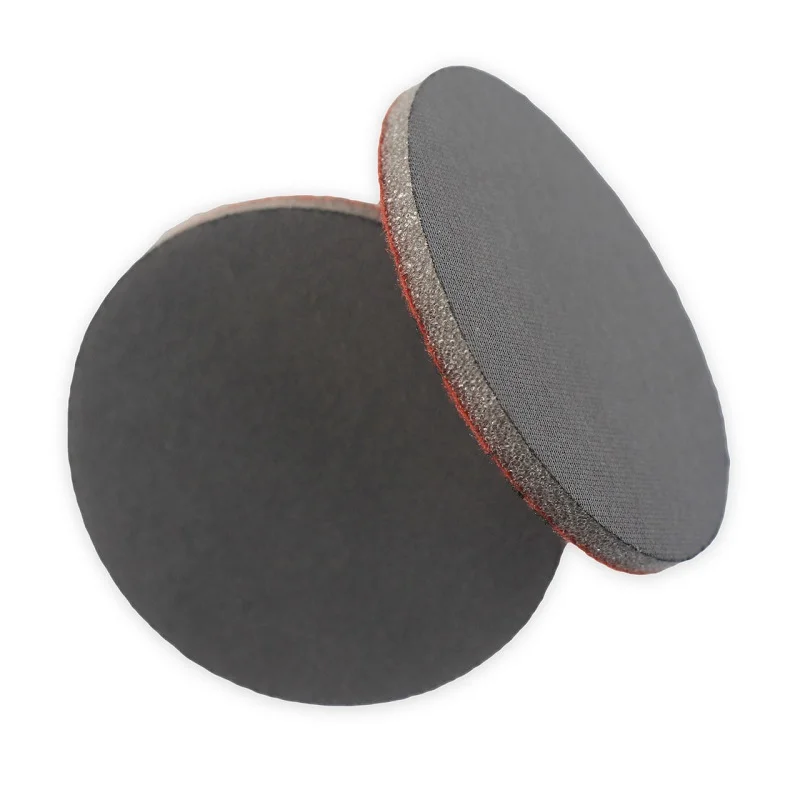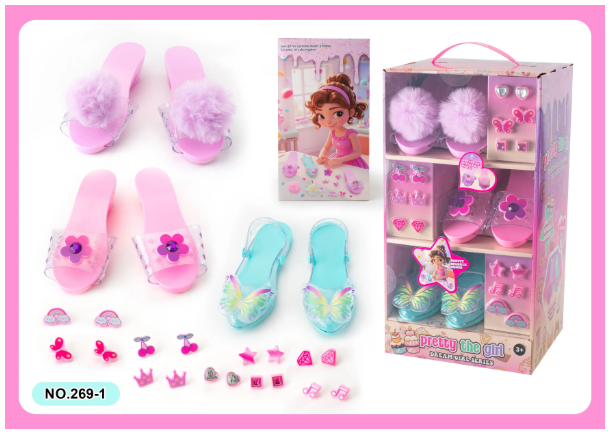Brewing Perfection: Discovering the Optimal Temperature for Coffee Extraction
When it comes to brewing the perfect cup of coffee, enthusiasts and professionals alike often debate various factors that contribute to the final flavor profile. Among these factors, the brewing temperature stands out as a critical element that can significantly influence the extraction of flavors from coffee grounds. But what is the best temperature to make coffee? In this article, we will explore the science behind coffee extraction, the ideal temperature range, and how to achieve the best results in your brewing process.
The Science of Coffee Extraction
Coffee is a complex beverage made from the seeds of the Coffea plant, which contain a myriad of compounds, including oils, acids, and sugars. The extraction process involves dissolving these compounds into water, which is influenced by several variables, including grind size, brew time, and, most importantly, water temperature.
When water interacts with coffee grounds, it extracts soluble compounds at different rates depending on the temperature. Higher temperatures generally increase the solubility of these compounds, leading to a more robust flavor. However, if the temperature is too high, it can also extract undesirable bitter compounds, resulting in an unpleasant taste.
The Ideal Temperature Range
Research and expert consensus suggest that the optimal brewing temperature for coffee lies between 195°F to 205°F (90°C to 96°C). This range strikes a balance between effective extraction and avoiding over-extraction. Here’s a breakdown of why this range is considered ideal:
- Flavor Extraction: At temperatures below 195°F, the extraction process may be insufficient, leading to a weak and underwhelming cup of coffee. Conversely, temperatures above 205°F can lead to over-extraction, resulting in bitterness and astringency.
- Consistency: Maintaining a consistent temperature within this range ensures that each brew yields similar results, allowing for better control over flavor profiles. This is particularly important for coffee professionals who aim to replicate specific tastes.
- Brewing Method Variations: Different brewing methods may require slight adjustments within this temperature range. For instance, espresso machines typically operate at around 200°F (93°C), while pour-over methods may benefit from slightly lower temperatures to enhance floral and fruity notes.
Factors Influencing Brewing Temperature
While the ideal temperature range provides a solid guideline, several factors can influence the actual brewing temperature:
- Altitude: Water boils at lower temperatures at higher altitudes, which can affect the brewing process. Coffee enthusiasts in elevated regions may need to adjust their brewing techniques accordingly.
- Water Quality: The mineral content of water can also impact extraction. Soft water may require slightly higher temperatures to achieve optimal flavor, while hard water may need lower temperatures to prevent over-extraction.
- Coffee Bean Type: Different coffee beans have unique flavor profiles and solubility characteristics. Light roasts may benefit from slightly lower temperatures to preserve their delicate flavors, while dark roasts can withstand higher temperatures without becoming overly bitter.
Practical Tips for Achieving the Best Brewing Temperature
- Use a Thermometer: Invest in a reliable thermometer to monitor water temperature accurately. This is especially important for manual brewing methods like pour-over or French press.
- Preheat Your Equipment: Preheating your coffee maker, kettle, or French press can help maintain the desired temperature throughout the brewing process.
- Experiment and Adjust: Don’t be afraid to experiment with different temperatures within the ideal range. Take notes on how slight adjustments affect the flavor, and find what works best for your palate.
- Consider Brewing Time: The brewing time should also be adjusted based on temperature. Higher temperatures may require shorter brewing times to prevent over-extraction, while lower temperatures can benefit from longer steeping.
Conclusion
In conclusion, the best temperature to make coffee is a nuanced topic that requires consideration of various factors, including brewing method, coffee type, and personal preference. By adhering to the optimal temperature range of 195°F to 205°F, coffee lovers can unlock the full potential of their beans and enjoy a consistently delicious cup. Remember, the journey to the perfect brew is as much about experimentation as it is about precision. So, grab your thermometer, fine-tune your technique, and savor the rich, complex flavors that a well-brewed cup of coffee has to offer.




